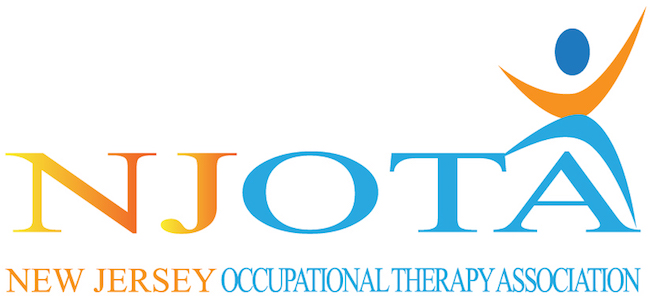Children & Youth
Pediatric occupational therapy is designed to aid in the gross motor and fine motor development of children, as well as sensory integration. From birth, the motor skill development of the child is often the focus of well-child visits. As the child ages, the slowed development of these fine and gross motor skills may impede the development of life activities and school activities. The pediatric occupational therapy specialist may focus on pencil grasp, pre-printing skills, scissor skills, and hand-eye coordination skills. Sensory integration refers to the response to sensory input (such as touch, movement, hearing, taste, smell, vision) and is another important aspect of child development that may be addressed by an occupational therapist. Occupational therapists are also employed in public schools to help children achieve their educational goals.
Information from AOTA concerning Core Standards,click here.
AOTA Update on Policy Developments Related to Autism Services
- Autism Spectrum Disorders (ASD): State of the States of Services and Supports for People with ASD – This report was commissioned by CMS a few years ago to create a resource summarizing the range of services available to the ASD community. It profiles each state in a fair amount of detail and may be a useful resource for OT practitioners and clients in your states.
- Informational Bulletin: Clarification of Medicaid Coverage of Services to Children with Autism – This document was released just a few weeks ago from the Center for Medicaid and CHIP Services. It describes the various elements of the Medicaid program under which children on the spectrum may receive services. Note that it repeatedly refers to OT.
- EPSDT – A Guide for States: Coverage in the Medicaid Benefit for Children and Adolescents – This report by CMS was released last month and is a valuable reminder of the scope of the Early and Periodic Screening Diagnostic and Treatment benefit under Medicaid, which requires the coverage of all medically necessary services for Medicaid beneficiaries under the age of 21.
- Washington Autism Alliance and Advocacy v. Douglas Porter Settlement Agreement – This settlement agreement has resulted in Washington State issuing emergency regulations for coverage of applied behavior analysis under Medicaid.
- Washington State Health Care Authority Emergency Rules – These are the rules that have been developed pursuant to the settlement agreement. We’ve heard some speculation that they may be used as a template to formulate similar rules in other states. In general, the rules are not problematic. They reference the importance of coordinating the provision of other services like OT, and there are fairly rigorous standards in place to ensure that all kids don’t automatically get ABA to the exclusion of all other services. The only real concern I have with them is the definition of ABA, which suggests that behavior analysts may be looking to expand their client population beyond children with autism, and the potential impact that could have for OT.
From AOTA’s perspective, we want to make you aware of these new resources and encourage you to be on the lookout for developments in your state. The primary concern is that the increased availability of some autism services (e.g. ABA) not be to the exclusion of others (e.g., OT). A related concern is ensuring that to the extent a child is receiving services from multiple providers, those services are coordinated to produce the best outcomes. Depending on what happens in any particular state, it may be important to take action to protect access to OT. AOTA staff is available to assist you with engaging in that sort of advocacy.
The Office of Special Education and Rehabilitative Services (OSERS)
celebrates 35 Years of the Individuals with Disabilities Education Act (IDEA)
Please visit a new IDEA website
Please note the release of a publication that reviews IDEA history. It is entitled 35 Years of Progress in Educating Children With Disabilities Through IDEA.
http://www2.ed.gov/about/offices/list/osers/idea35/history/index.html
|
